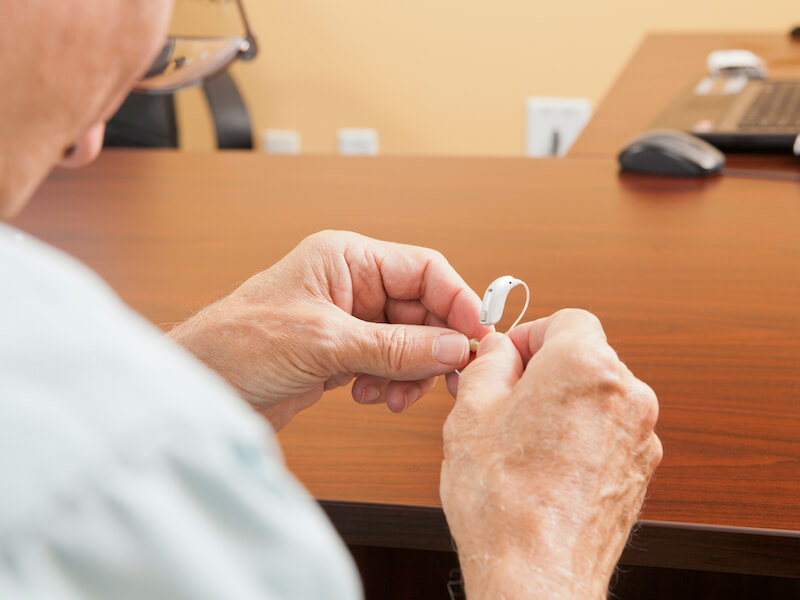
You go out of your way to make sure your hearing aids are well taken care of. When you go to bed, you always put them comfortably on the charger and you clean them daily.
Suddenly and distressingly, your hearing aids aren’t working the way they used to. There are several things you can do to diagnose the issue, luckily. Not doing any more damage is your number one priority so you won’t have to replace them.
Hearing aid troubleshooting
You kept the owner’s manual that came with your shiny new hearing aids, right? Hopefully, you did so that you can consult with your owner’s manual to do maintenance and troubleshooting. Each model of hearing aid can be somewhat different so it’s important to follow the manual’s recommendations.
Here are some things you can check on most models:
- Wax buildup: Make sure there’s no wax on your hearing aid by giving it a visual check. Even if you carry out routine cleaning, sometimes wax can accumulate quickly, so it’s worth checking this off your list.
- Check your battery: Even if you know your hearing aids charged all night, you’ll want to double-check the battery power. It may be a good plan to check if you might need new batteries or if the old ones are properly inserted, especially if your batteries are replaceable.
- Check for noticeable damage: Does your hearing aid have any apparent loose components or cracks around its shell? Cracks, obviously, could indicate more significant damage (or let in moisture).
- Keep your microphone clear: Check your hearing aid to find out if anything is obstructing the microphone. Your hearing aid might feedback or merely fail to work if the microphone is obstructed.
Again, consult your owner’s manual on how you might address each of these concerns. In some cases, you may be able to perform maintenance yourself.
How will I know when my hearing aid needs repair?
If your hearing aid keeps malfunctioning after you have performed basic maintenance and troubleshooting, it’s likely that your hearing aid will need to be professionally repaired. That might not always sound desirable, after all, you depend on your hearing aid for daily communication (along with dinners with your family, keeping up to date with your favorite Netflix series, and so on).
It’s certainly worth taking note that “repair” doesn’t necessarily mean “send your hearing aids in for service and wait a few weeks”. In some cases, we can fix your hearing aid in office while you wait.
Or, depending on the extent of the damage, you could have your hearing aids back in a few hours.
There are still some cases where such fast repair is not possible. A backup pair of hearing aids may be necessary in these situations. So if you have an old pair lying around, ask whether they will serve on a temporary basis. Or maybe we have a loaner pair you can use.
Get help with your hearing aids right away
It’s crucial to have your hearing aid checked and repaired if you begin to notice the sound quality is starting to falter.
Any amount of downtime needs to be prevented. Untreated hearing loss can impact your overall health, and that includes your mental health. And it becomes all too easy to leave your hearing aids sitting in a drawer somewhere while your hearing continues to deteriorate.
The optimum way to keep your hearing working properly is to keep those hearing aids working. Keeping them charged, clean, and when needed, professionally repaired is the best way to do that.